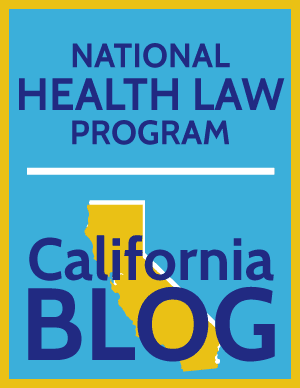
Trump administration in early fall published a long-anticipated proposed rule that would have dramatic and detrimental impacts on the health and well-being of immigrant families in California. The rule seeks to redefine an immigration law concept known as “public charge.” If implemented, the rule could harm hundreds of thousands of immigrants in California, and have ripple effects on their family members, employers, and communities. Public charge is used to assess whether individuals applying for lawful permanent residency status (commonly known as a “green card”) are likely to become dependent on the government as their primary source of support. Under the current policy, assessments are limited to cash assistance programs for income maintenance (such as TANF, SSI, or General Assistance funds) or long-term institutional care at government expense.
The rule proposed through the Department of Homeland Security would greatly expand the list of benefits that would trigger a public charge determination. Receipt of non-cash benefit programs including Medicaid, food stamps, Medicare Part D subsidies, and certain housing assistance programs would be considered under the rule. In addition, the proposal would add criteria for assessing whether certain factors — such as age, health status, English proficiency, income, and education/skills — would be classified as “negative” or “positive” considerations in the application, and how much weight to give to the income and health factors in particular.
The proposed changes to the public charge test will have harmful impacts on immigrants and their family members across the nation. California, which is home to the nation’s largest population of immigrants, would feel the brunt of these adverse impacts; an estimated 6.8 million people in the golden state could be affected. Those affected include family members who are not directly subject to the rule, however are likely fearful of using their benefits because they do not want to endanger a family member’s future ability to apply for lawful status. According to a recent study, the chilling effects of the rule could result in the disenrollment of 765,000 Californians from Medi-Cal or CalFresh (the state’s Medicaid and food stamp programs), more than of 70 percent of them would be children from Latino and Asian immigrant households.
If finalized, the proposed rule would jeopardize the progress California has made to improve health care coverage, access, and services for all of its residents. Between 2013 to 2016, California reduced the state’s uninsured rate from 17 to 7 percent. Medi-Cal, strengthened by the Affordable Care Act, has been instrumental in reducing the number of children and adults without health insurance. Increased health coverage means means robust access and use of health care services that will improve health outcomes. Adults with Medi-Cal coverage, for example, are 40 percent more likely to receive routine check-ups than adults without insurance. Children with Medi-Cal are twice as likely to receive routine preventive medical and dental care than children without insurance.
Yet the Trump administration’s proposal to include non-cash benefits such as Medi-Cal has already sparked fear and confusion among immigrant families and communities. Administrators at community health centers and other public agencies have reported a decline in enrollment and a corresponding increase in disenrollment among immigrants and their family members who are confused and afraid to be associated with any government-funded health and nutrition programs.
We need your help to oppose Trump’s cruel and harmful proposed rule. The deadline is fast approaching – 11:59 p.m. ET on Dec. 10. Make your voice heard by submitting a comment letter in opposition to the changes. Template comments, research, and other materials from the national Protecting Immigrant Families campaign are available here, and template comments tailored with California-specific data are available here.
